We tell, what are the cracks in the brick wall, and how to remove them on their own. And also show a useful video video that will answer all the remaining questions.
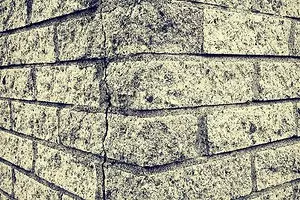
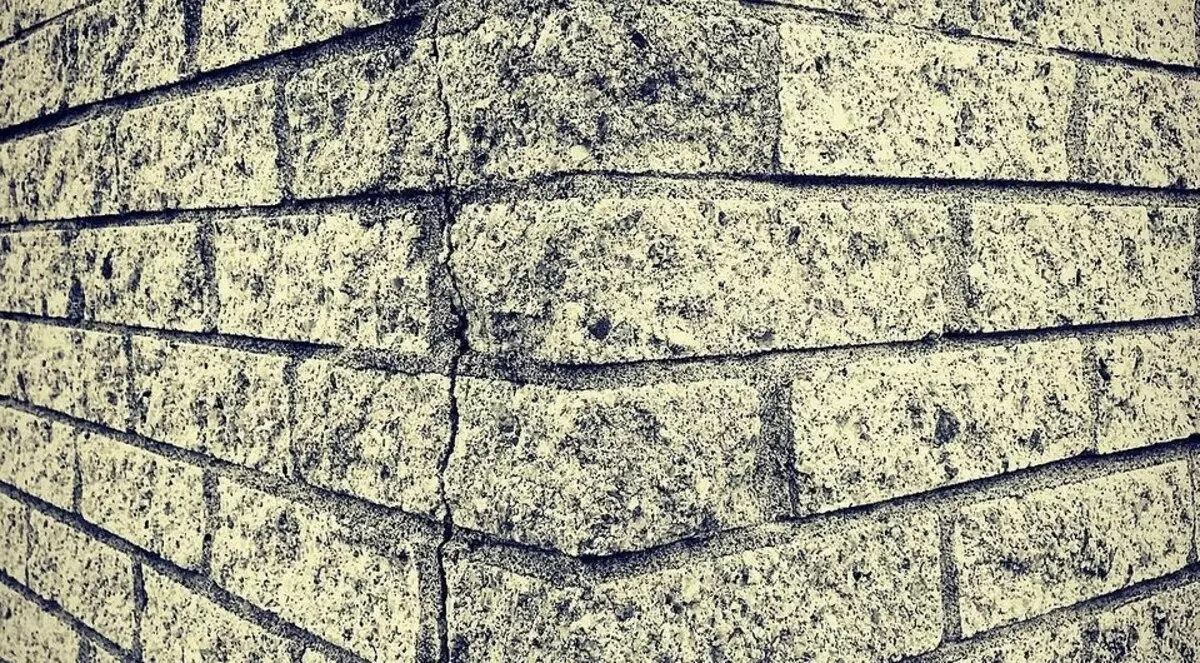
How to eliminate cracked in brickwork:
Causes of faults
Where to start repair
Remedy technology
- Little
- Middle
- Large
How to strengthen the wall
How to strengthen the foundation
To understand how to close the crack in the wall of a brick house, you must first find out why it appeared. So you can eliminate the source of the problem and prevent further destruction. The reasons may be many, including the usual shrinkage of the building. It takes place for two or three years after construction.
In this case, you will see numerous, small bursts closer to the base of the house. As a rule, they do not increase over time. When problems with the base, the crack will expand the upward, with an excessive load from above - down.
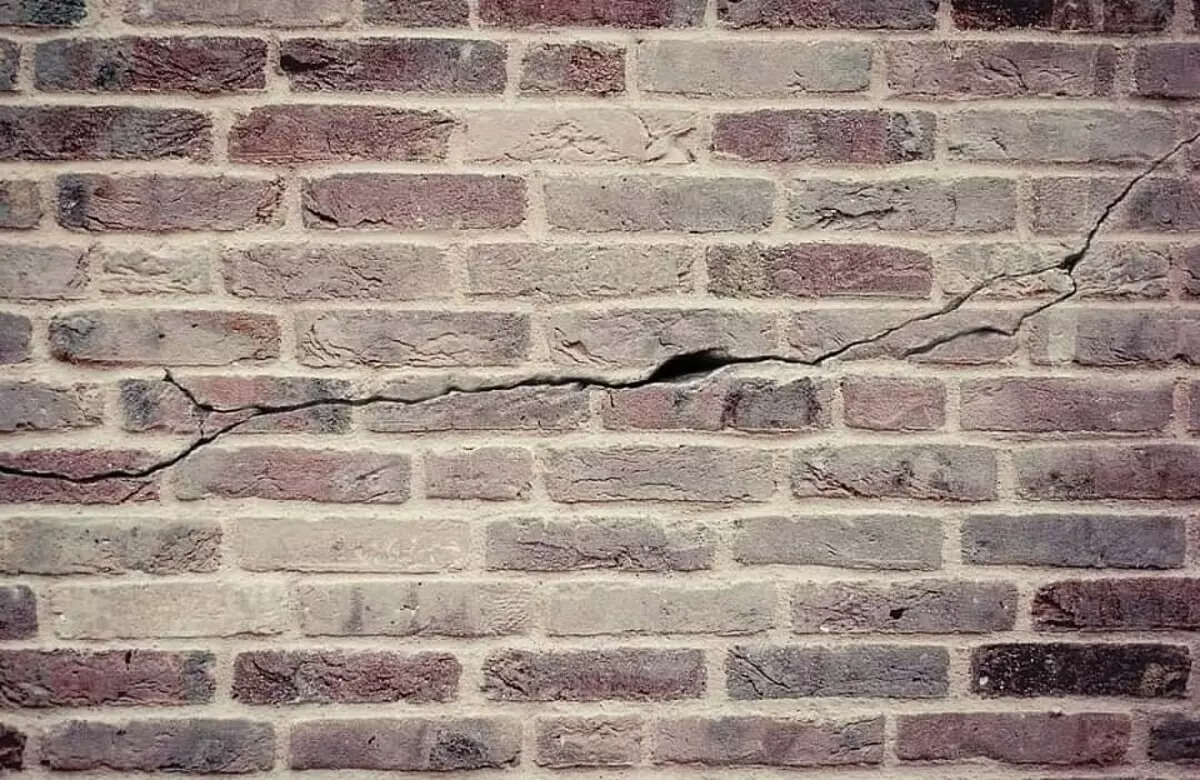
Why cracks appear on the building
Depending on the scale of damage, its localization and causes of occurrence, several main varieties are distinguished.
- Missing or bad bunch between bricks. The slot passing through the entire wall from top to bottom.
- Occasions when planning and erecting the foundation: The basis of the base on insufficient depth, the use of an inappropriate brand of concrete, silicate and cellular blocks. Rales at the corners of the building or in its upper part, horizontal splits.
- Podpolivation of groundwater and problems associated with the freezing and thawing of the soil. Large faults, sometimes over the entire surface.
- Excessive load from the upper floors or additional attacks, unaccounted when erecting the house. Defects appear in places of supports and beams, where the voltage is maximum.
- Violated technology laying communications. Horizontal faults.
Also on the formation of gaps can affect the construction of a pit close to the house, neighboring foundations, pile clogging, sharp temperature differences, natural wear of bricks. They can be inclined, through, curvilinear, closed. The magnitude distinguishes three types of damage:
- small - up to 5 mm;
- Average - from 5 to 10 mm;
- Wide - more than 20 mm.
The last option is considered dangerous. The process will require additional work to strengthen the split and the whole wall. Repair of large cracks in brick walls is often impossible without eliminating the cause. You can remove the slots, but they will appear again. In particular, this concerns the first two problems: with the foundation and bad bundle.
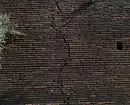
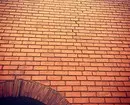
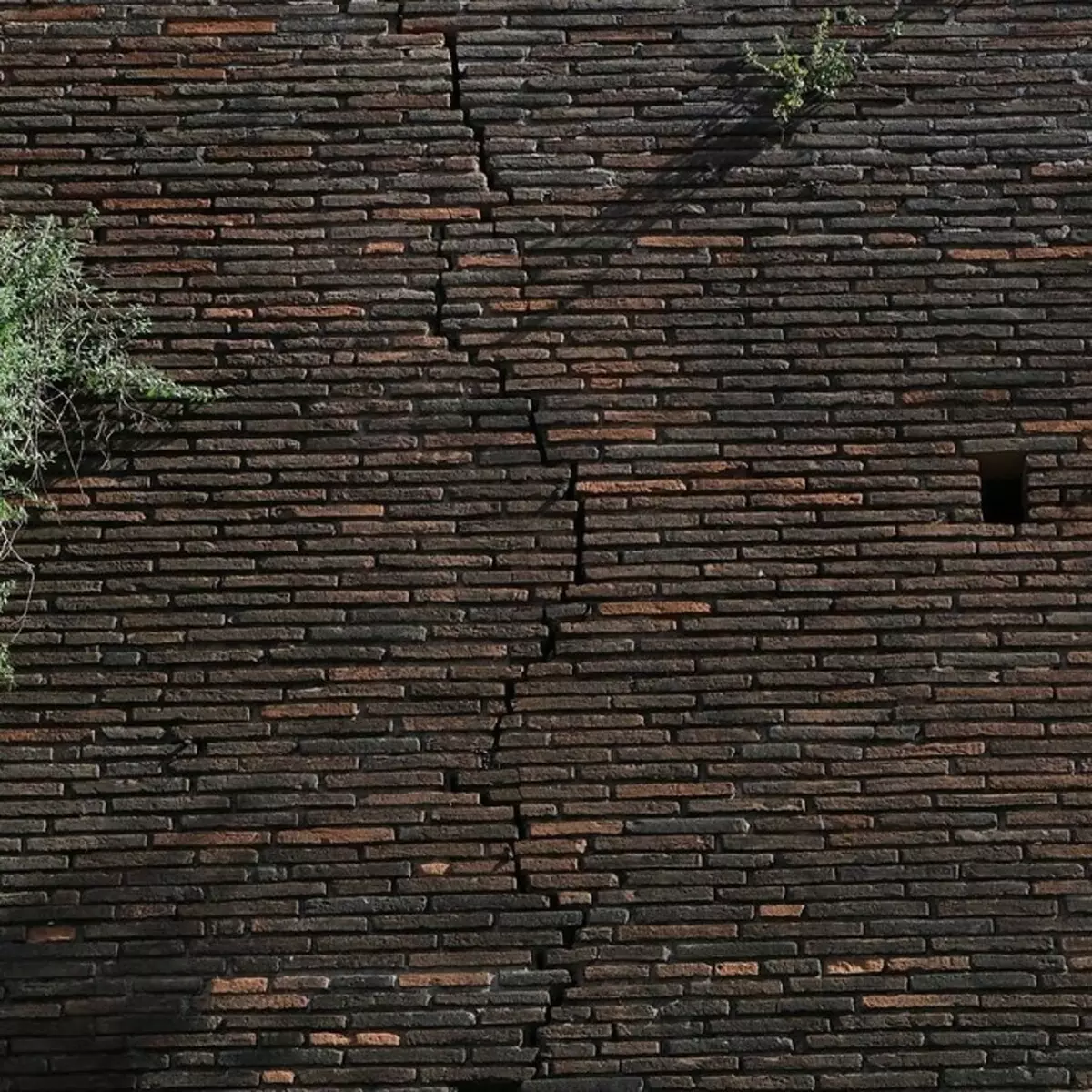
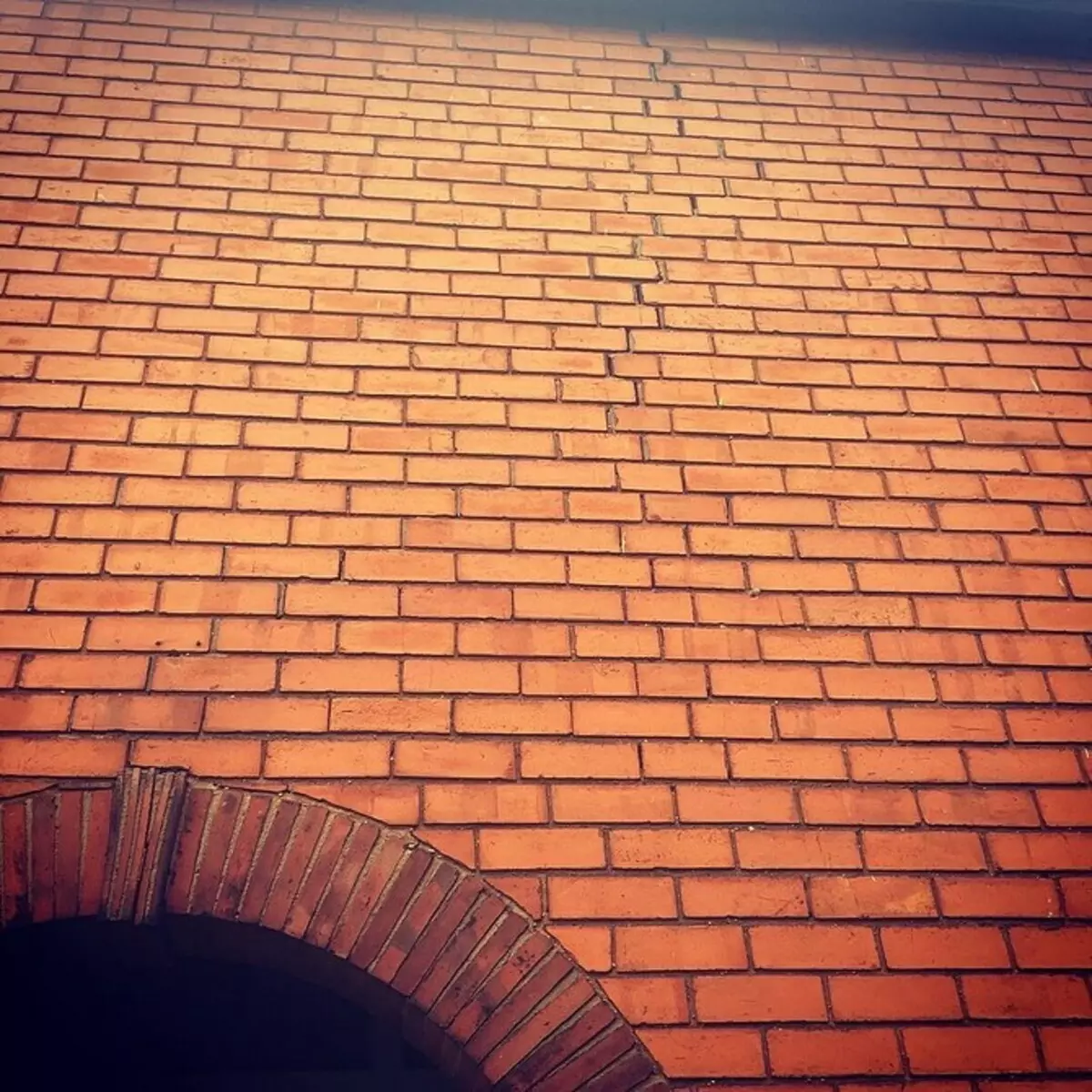
Where to start repairing a brick wall
Sealing damage in the wall can be started only after their stabilization. This means that the result is no longer increasing. Otherwise, you will spend in vain time and money for materials. We tell how to diagnose.
- Apply a cement or gypsum strip to the place and take place for its condition for several weeks. If no change has happened in 4-5 weeks, you can troubleshoot the problem.
- Instead of cement, fasten the lamellar beacons on the laying and determine the dynamics of breaking on the scale on them.
- Use paper striped for these purposes glued to silicate glue. If it remains unharmed, you can proceed to work.
The last method is suitable only for dry rooms. The optimal length and width of the strips is 10 * 4 cm, if there is a small damage (up to 10 mm). Before installing beacons, you must first remove the plaster, dust and dirt.
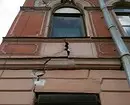
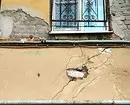
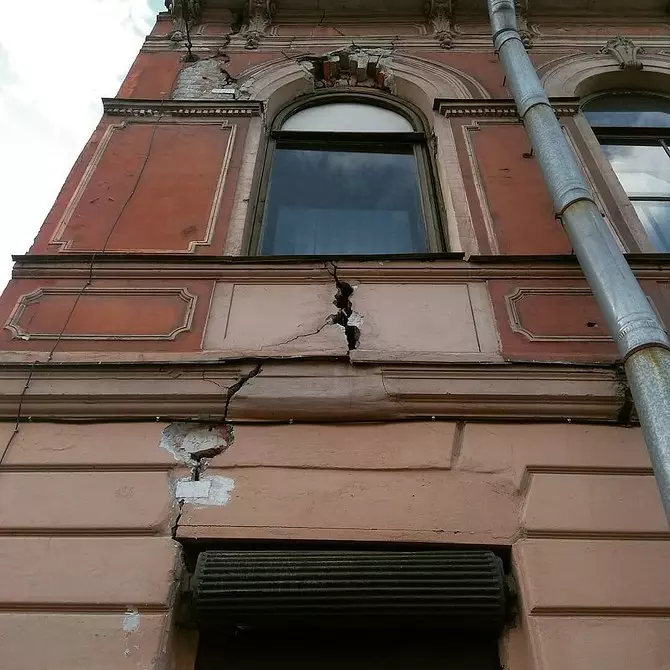
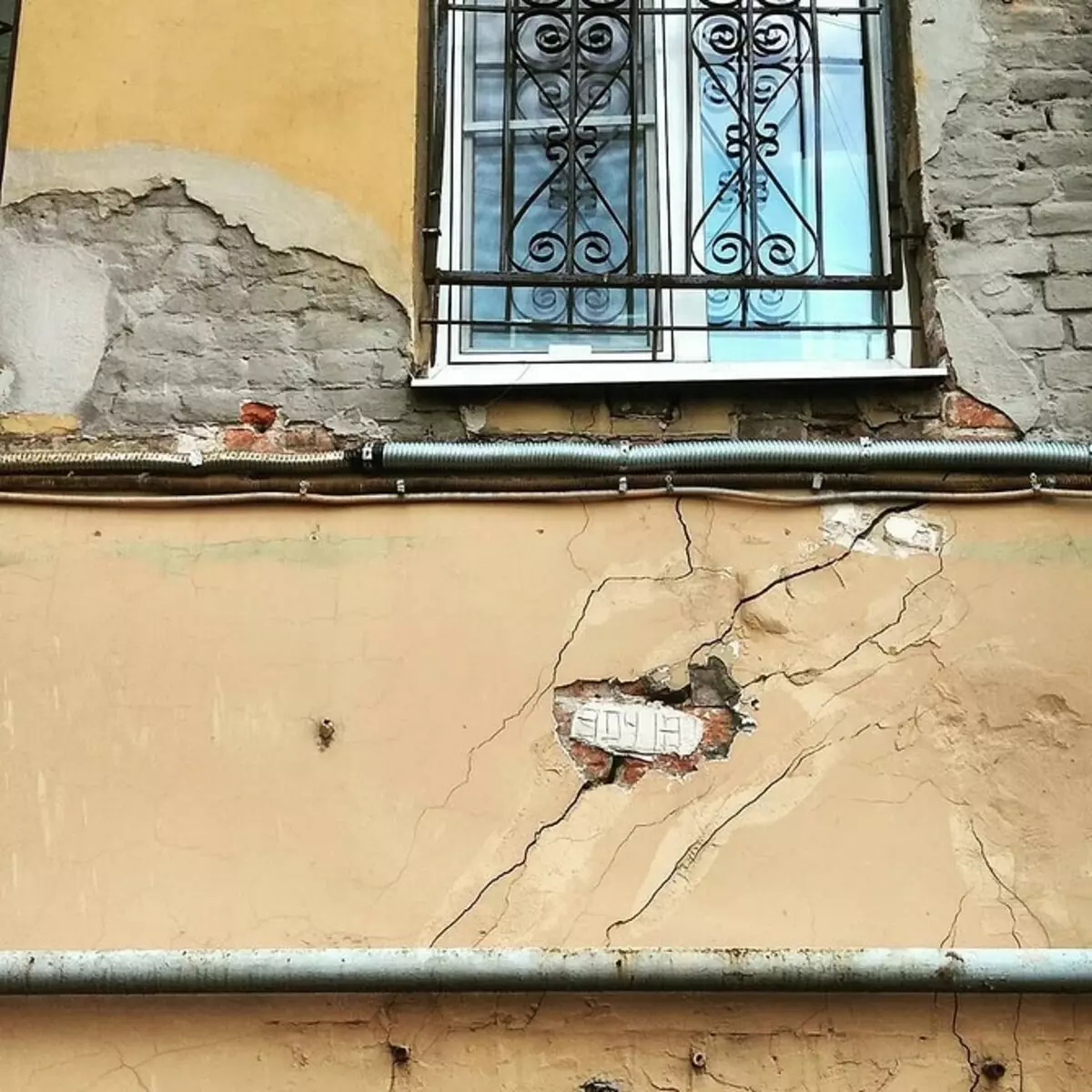
On the lighthouse or in a special journal records the date of its installation
There was a crack in the wall of a brick house, what to do: 3 options
The technology on which it is better to close the slit, is chosen based on its size and location. If it is inside the building, you can use a gypsum madhouse. Outside of the house or in rooms with high humidity, it is better to apply moisture-resistant material: silicone sealants, mounting foam, cement solution.
If the split is dangerous - it is vertical, wide and quickly increases, you can not cope with your own. Especially when it comes to the supporting structure. To make a job well, you will need the help of builders. You may have to adjust the foundation, put backups to the carrier walls. It is easier and faster to eliminate shrinkage, non-fragile faults up to 5 mm.
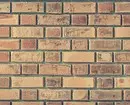
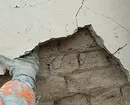
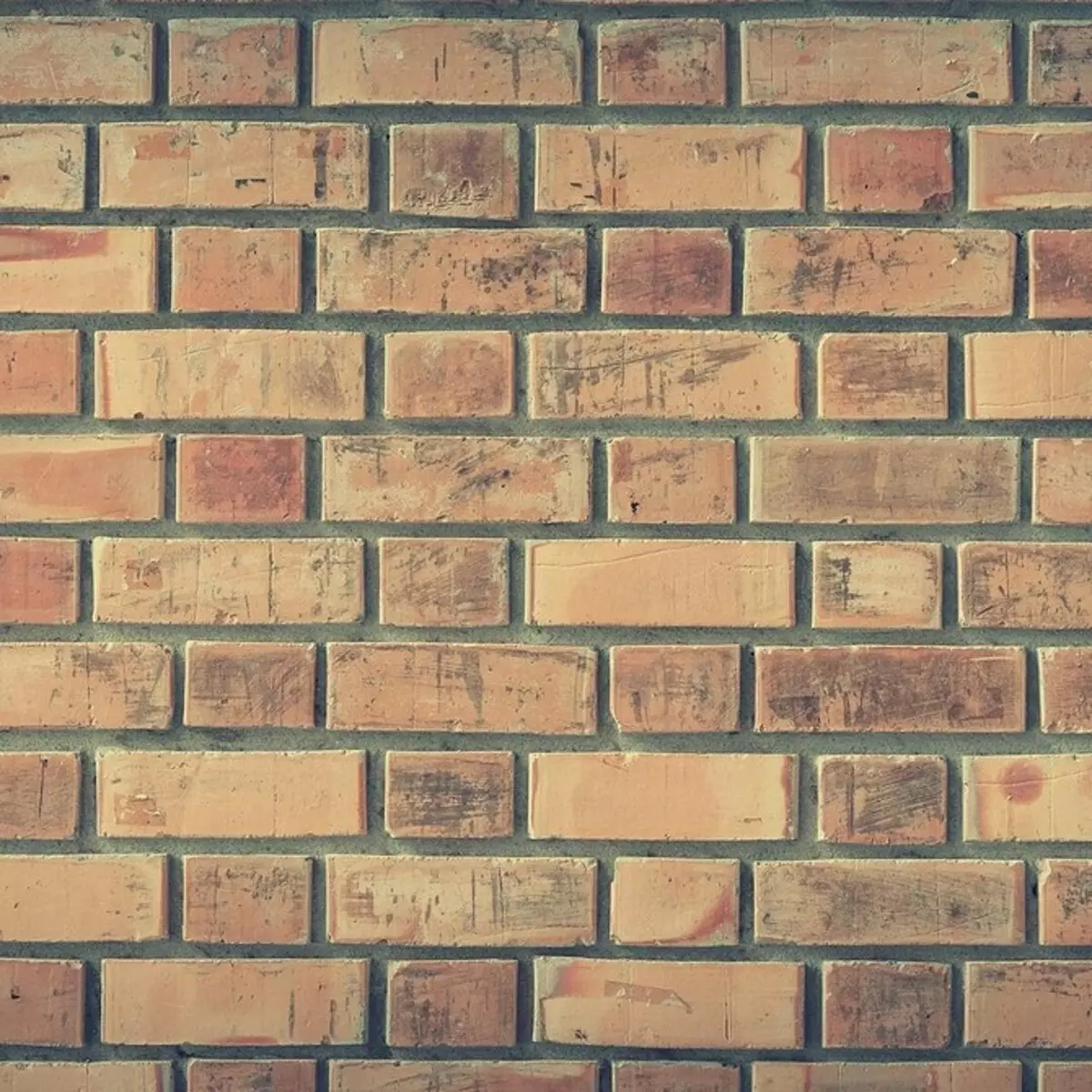
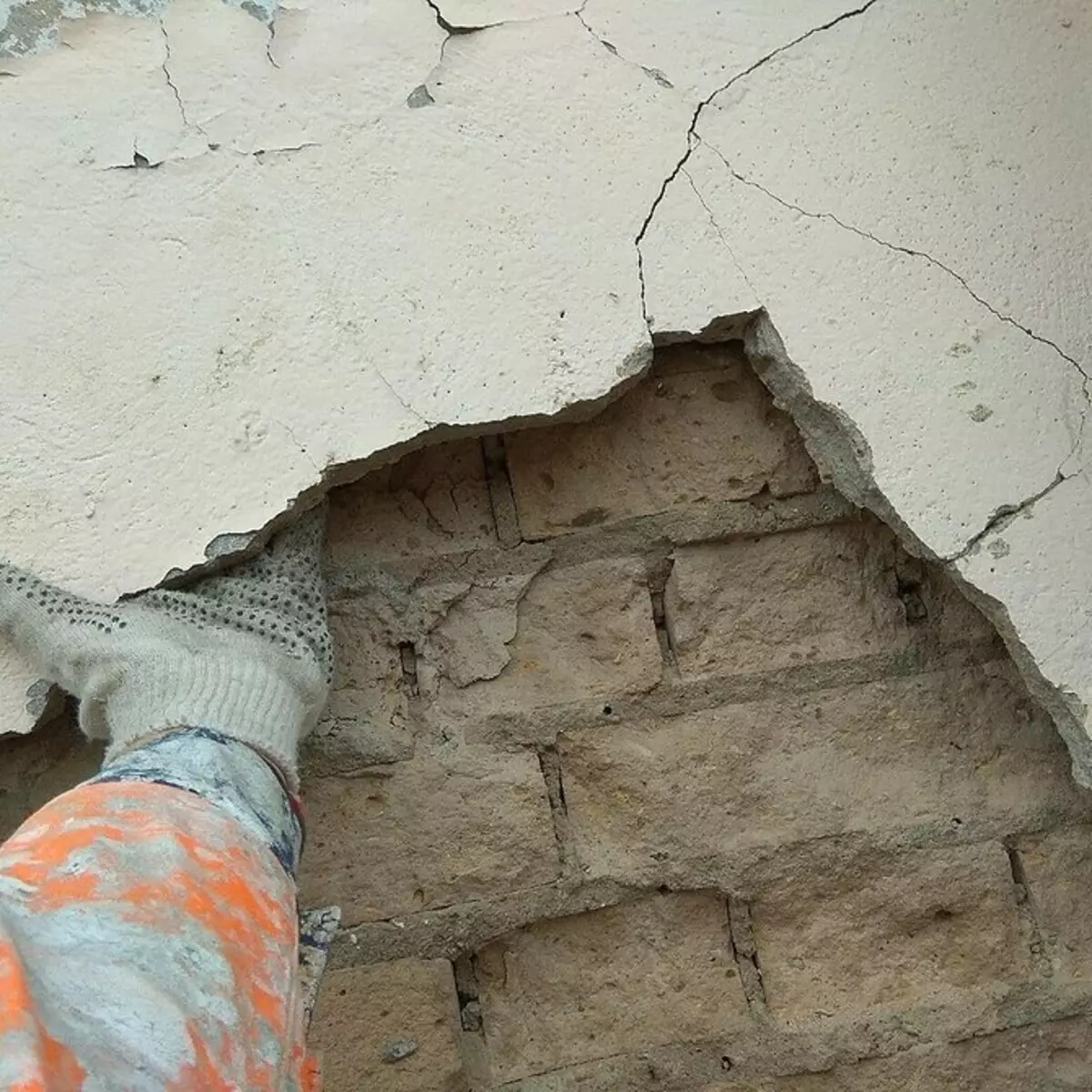
Seeling cracks in brick walls cement mortar
In addition to the cement mortar, you will need a tool in order to clean the slit and increase it slightly (it is convenient to make a scarpel), a hammer and reinforcing tape.Sequencing:
- cleaning the surface from contamination and the previous finish;
- Moisturizing the problem zone to create a better grip clip;
- Application of cement or gypsum solution (depending on the location of damage). Proportions 1: 2. It is recommended to use Portland cement M400 or M500;
- Laying reinforced tape and its cementing.
Microscopic cage up to 1 mm, can be embedded with epoxy resin. The composition should penetrate the damaged masonry to the maximum depth. Sometimes a little glue is added to it to improve the plasticity of the material.
Correction of cracks 6-10 mm
In this case, they act in the same instruction, but slightly sand is added to the cement mixture. Instead of the solution, the mounting foam is also used.
- It is blown in split with a gun. You do not need to fill the slot, as the foam expands in the process of frost.
- After a few hours, it is cut with a sharp knife or a spatula what remains above the surface. It is necessary to do not flush with the wall, but to a depth of 2-3 mm.
- The mounting foam is destroyed under the action of ultraviolet, so it needs to be primed and attached.
Such a defect is considered small and silicone sealants are also used to eliminate it. They are not afraid of temperature differences and high humidity. Surplus remove the spatula to frozen. Minus material is that it is not amenable to finish.
In some instructions, they advise to lay a metal grid with cells 5 * 5 mm on the cemented split. Along the damage, holes under the dowels are made and secured the grid with screws. Then it is ground and plaster.
Sealing openings size greater than 1 cm
Damage more than 10 mm is considered to be serious and one plaster here can not do.
Sequencing:
- The damaged part of the wall must be disassembled, always start from the top row;
- The surface is well cleaned;
- Then the masonry is born again using the "Brick Castle" method;
- It add metal stripes and fittings to overlap the split.
If it is impossible to disassemble damaged bricks, use other technology.
- The fault site is cleaned with a scarpel or tassel, moisturize.
- Then poured into it for the entire depth of the cement-sandy mixture.
- Throughout the fracture, several T-shaped anchors are mounted and secured their dowels.
The third method is the use of mounting foam. The algorithm is similar to those described above: the surface stripping, foam planning (only half of the gap), cutting of excess, primer and plaster.
A crack in the bearing wall of a brick house is eliminated by methods that are given above if it does not increase. If the test with beacons showed the progression of a defect, first correct violations in the source of the problem - the foundation, extensions, overlaps.
The end-to-end slot is close in cement plaster. For the overlap of a large fault in it add small brick chips or a small rubbank. This surface is subsequently needed to further consolidate. The reinforcing grid will not be enough for this.
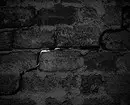
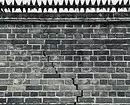
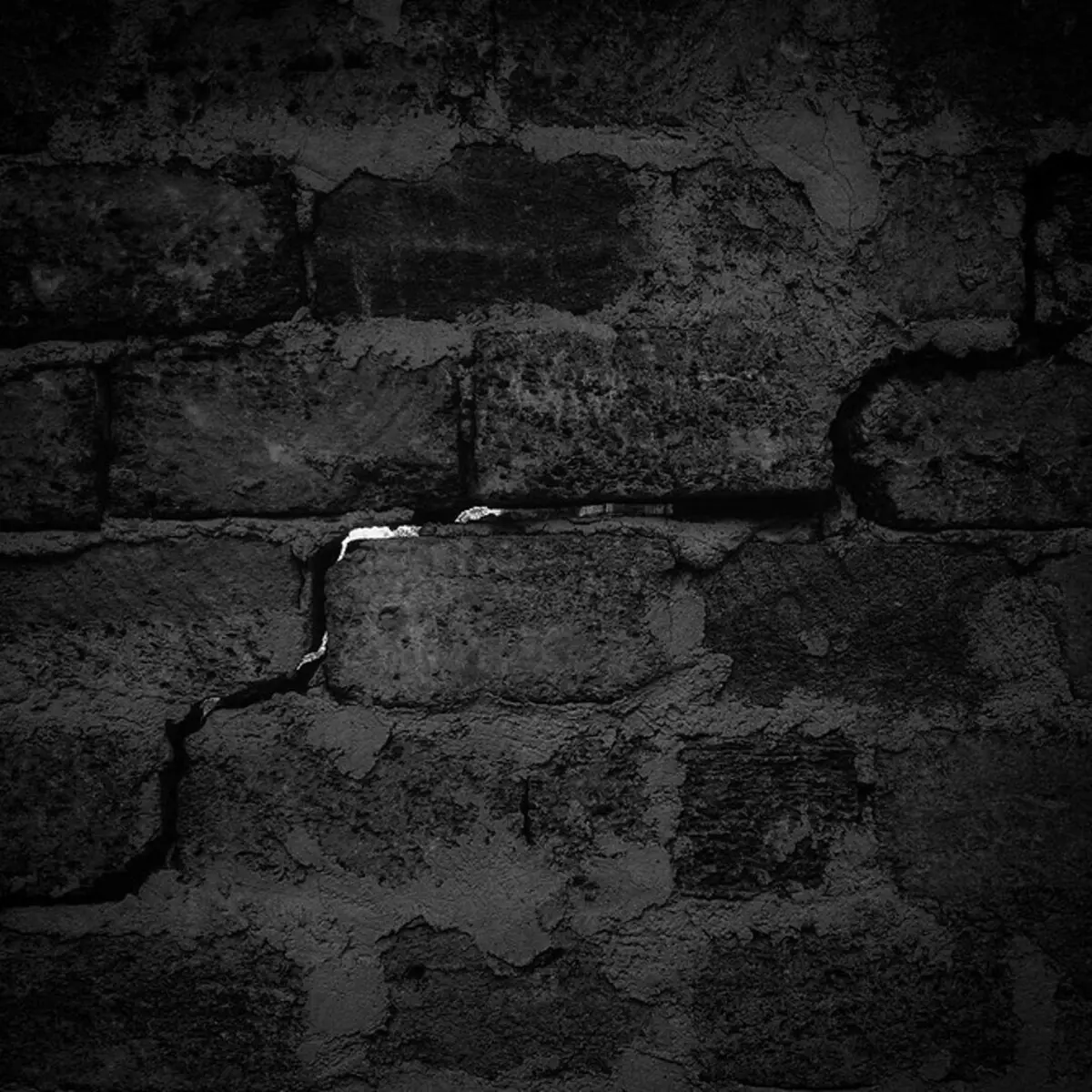
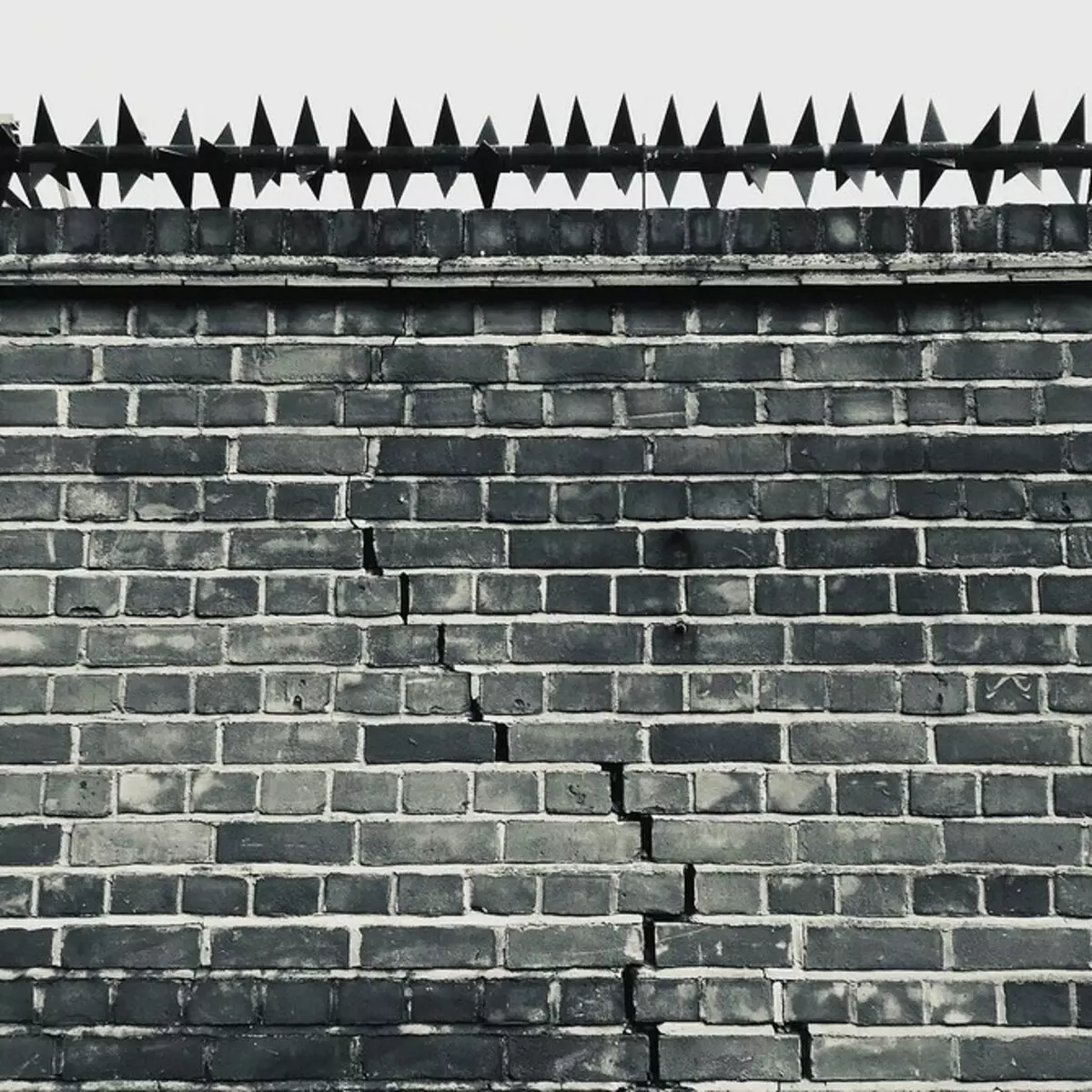
How to enhance brick walls
It is assumed to harden the masonry from the inside of the construction and outside. First, work to eliminate faults. Then the metal plates are applied across it, the so-called "castle". It is mounted to the surface by anchors. Repair can be performed using a bracket. Under them drill holes in a depth of no less than ½ from the thickness of the wall. If the defect appeared due to the base of the house, it is also better to strengthen.You can enter the design in operation later, but it is impossible to load it too much.
How to strengthen the foundation of the building
The sequence of actions is the following.
- Creating ditches around the perimeter of the entire structure. Its depth must be greater than the depth of the foundation.
- From under the first base, the ground is digging so that the concrete fell under it.
- Reinforcement and fill of the concrete belt. Pruts of reinforcement stick into the walls of the RVA by 15-20 cm. In the old foundation you need to drill holes for reinforcement and cook it with rods.
After sealing large slots, the state of the repaired surface is regularly monitored for several months. In the video - algorithm for restoring cracked masonry using fittings.
